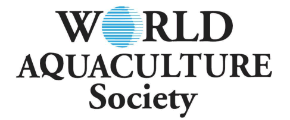HOW WISCONSIN TROUT HEALTH REGULATIONS EVOLVED
In 1997 the Wisconsin Department of Agriculture, Trade and Consumer Protection (WDATCP) began development of a regulatory fish health program that would create one set of health standards for commercial fish farms, government fish hatcheries, live fish imports, and movement of fish within the state including stocking into public waters. The WDATCP began by working very closely with fish farmers, private veterinary practitioners, and natural resource agencies to develop mutually accepted fish health rules. These rules are continuously assessed and revised as needed through the rule-making process that includes fish farmer input.
Wisconsin's trout health regulations center on testing requirements for viral hemorrhagic septicemia, infectious hematopoietic necrosis, and whirling disease. While Wisconsin's trout disease testing import requirements have been, perhaps the least restrictive of any state, trout health on fish farms and in the wild has remained strong for the past twenty years. Requirements for stocking requires only whirling disease testing and movement between farms has no disease testing requirements.
For the past twenty years Wisconsin has led the nation in training veterinarians who then provide fish health regulatory testing services to fish farmers and resource agencies. Wisconsin maintains a list of aquaculture veterinarians that are certified to perform regulatory services on Wisconsin fish farms. The fish health program includes registration of fish farms, issuance of import permits, and training and certification of veterinarians.










